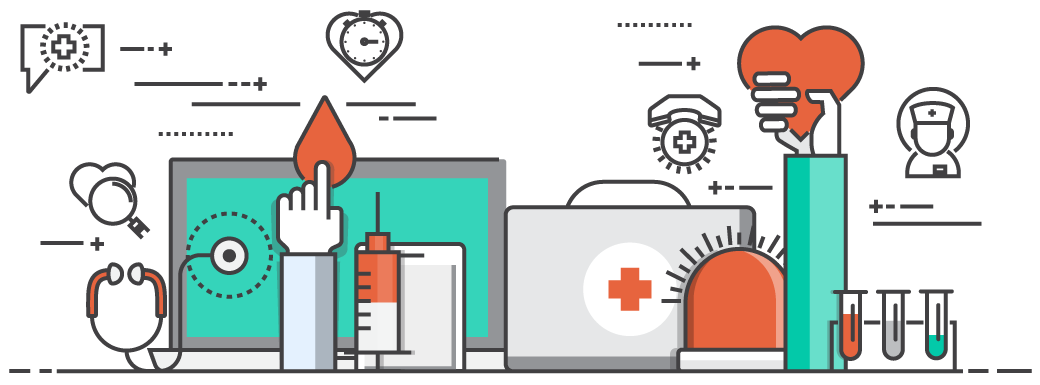
Cignon Solutions by Department
GRC – Governance, Risk & Compliance
Re-position your GRC Value
Todays complex business environment demands that your Compliance/GRC program assumes a new internal role, re-positioning value drivers (risk protection, ethics and compliance, data privacy/GDPR) as an enabler of business performance moving forward.
Our GRC (Governance Risk and Compliance) enabled services supports this important new focus, providing organizations with GRC technology enablement to achieve a smooth transition to desired culture change and compliance program alignment.
- CIGNONs BPM platform allows organizations to strengthen and automate processes without a complete re-investment and reorganization systems.
- CIGNONs platform allows organizations to implement and co-exist as a governing process for GRC/Compliance and interface with existing systems (as/when needed) allowing for a controlled gradual process of change while reducing administrative barriers and business complexities.
- CIGNONs BPM is a practical approach to getting compliance AUTOMATION in place helping you transform and accelerate towards successful program adoption.
CIGNON’s proven technology offers a practical trusted platform to build out compliance and governance programs:
- Guides users on-line to the latest forms and processes (automating) enabling the correct versions of policies and procedures
- Preserves a complete audit trail of data, documents with reviews, changes and required approvals
- Generates documents and contracts automatically ensuing the correctly approved documents are being used within the context of processes
- Provides a proven solution for Compliance controls and procedure flows to be embedded in the context of processes and automated within the organizational fabric
Be proactive instead of reactive.
KEY BENEFITS
- Comply with confidence – Establish controls and acceptable levels of risk. Stay in alignment with your organization’s objectives and policies. Reduce conflicts between business and control departments.
- Increase business agility – Identify non-conformance and the root cause to take quick action.
- Adapt faster to new regulations – Break down legislation and regulations into control requirements that can be handled sensibly.
- Identify and decrease risks – Identify, document and assess risks; evaluate financial impact and probability; and define measures to minimize risks.
- Decrease risk of penalties Minimize top management exposure to devastating penalties for compliance violations.
- Manage questionnaires with integrated assessment and rating scores Conduct periodic or one-time surveys—scenarios include risk identification, supplier audits, business impact analysis and more.
- Analyze and communicate risk exposure – Simulate risk events along defined business process chains; analyze dependencies between business processes, risks and controls; .
- Decrease complexity Integrate all regulatory demands into a single approach and Internal Control System (ICS). Create issues for identified problems and weaknesses in the internal control system so improvements can be initiated. Track action with multiple stage issue workflow.
- Improve monitoring and reporting – Monitor GRC processes with dashboards. Reduce redundancy and ensure consistency in data and reports.
- Improve efficiency – Standardize GRC processes using an integrated platform across all different risk and compliance areas. This central hub also provides a “single point of truth” for all compliance activities.
- Simplify audits – Schedule audit related tasks and get efficient support for your time management and reporting. The platform also includes a “self-audit” capability and a seamless audit trail. Reduce audit fees and re-use process documentation.
- Manage incidents efficiently – Use the system to easily document incidents. ABCs , CPI Index, Basel II and Solvency II requirements can be covered. Publish corporate guidelines and get confirmation from the appropriate people that policies have been applied.
- Use real data in real-time – Monitor operational processes continuously and trigger test cases, risk assessments, incidents or issues automatically if necessary.


